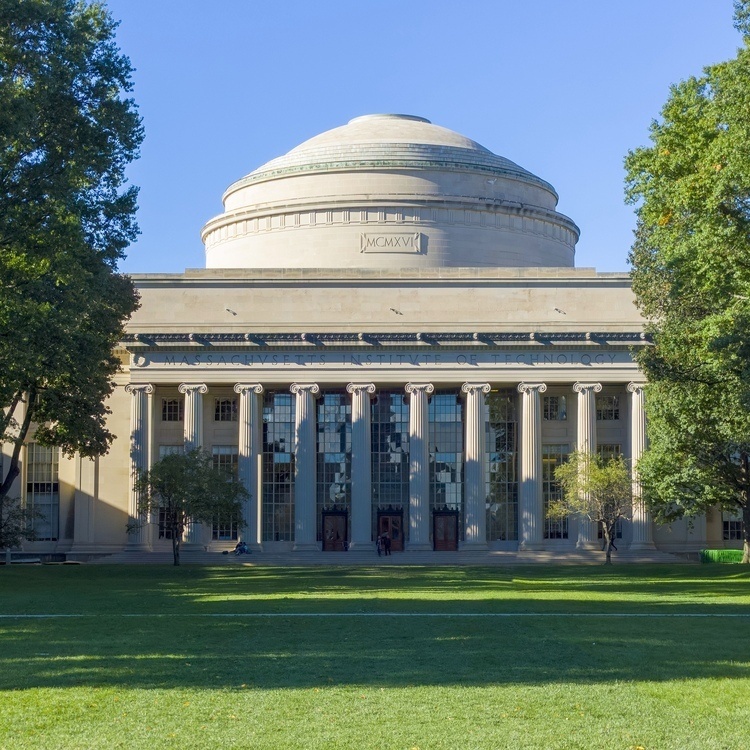
NeuroLunch: Cheng Tang (Jazayeri Lab) & Cyn Fang (Kanwisher Lab)
Description
Speaker: Cheng Tang (Jazayeri Lab)
Title: Position, Direction, and Time: Three-Way Factorization Underlies Vector Compositionality in the Dorsomedial Frontal Cortex
Abstract:
The ability to flexibly combine elementary concepts into novel, complex ones—known as compositional generalization—is a hallmark of intelligence in both humans and non-human primates. Yet, the neural principles that enable such compositionality remain poorly understood. To probe this question, I trained two macaque monkeys on a 2D vector addition task that required adding spatial coordinates and dynamic flow-fields defined by direction and duration, in a vector arithmetic fashion. After learning a subset of combinations, the animals were tested on novel pairings to assess compositional generalization. Electrophysiological recordings from the dorsomedial frontal cortex (DMFC) revealed that successful generalization was consistently associated with factorized neural representations—independent encoding of coordinate and vector components. Conversely, error trials showed non-factorized, entangled representations. Moreover, within the flow-field representation, direction and time were factorized at the single-trial level. Together, these findings suggest that three-way factorization—of position, direction, and time—within the dorsomedial frontal cortex (DMFC) provides a neural basis for vector compositionality in the primate brain. More broadly, the capacity for compositional generalization may critically depend on which task variables are factorized within neural representations, highlighting the importance of representational structure in flexible cognition
Speaker: Cyn Fang (Kanwisher Lab)
Title: Is it food?
Abstract: Three recent publications reported a component of the fMRI response in the human ventral visual pathway that responds selectively to images of food. However, all three studies were based on the same Natural Scenes Database (NSD), in which high-level categories like food are correlated in the image set with other properties of the image such as the color of objects or distance of the scene. To test whether the reported visual food selectivity might reflect these or other correlates of food images rather than (or in addition to) food per se, we constructed novel stimuli that manipulated these properties on both food and nonfood images. Our results indicate that the previously reported food component is not strictly food-selective, and that it is driven in part by contextual or material features unrelated to food.

